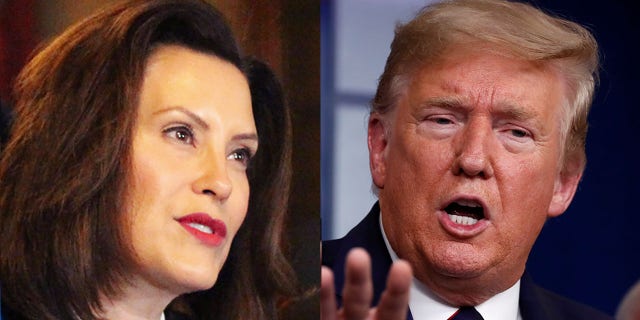
Article by Harry Siegel in "The New York Daily News":
I hear birds in the morning now, except when sirens drown them out.
And,
in my own isolation, I keep coming back to how isolated New Yorkers
are, here at the center of the world. That all of us, other than
Bronxites, live on islands.
Brooklynites,
for that matter, have no direct exit from New York. We can get to
Manhattan or Queens or Staten Island from here, but not out of the city.
I’d
been thinking about this even before Trump talked Saturday about
quarantining the tristate area, as National Guardsmen in Florida were
dispatched to the airports by Gov. Ron DeSantis — who hasn’t got around
to closing the beaches that were packed during Spring Break — to collect
information from each passenger on every flight arriving from New York
to share with local authorities. And as Rhode Island is stopping cars
with N.Y. plates at the border and registering New Yorkers at airports,
train stations and bus stops so Guardsmen can check on them in their
homes in the state.
Gov.
Cuomo, meantime, told members of the Guard here on Friday that “this is
not going to be a short deployment…This is a rescue mission that you’re
on (and) we’re not going to be able to save everyone. And what’s even
more cruel is this enemy doesn’t attack the strongest of us. It attacks
the weakest of us. It attacks our most vulnerable.”
He concluded: “We go out there today and we kick coronavirus’ ass.”
Governors
have been left more or less on their own to navigate their virus
responses as our buck-passing president now plans to divide the country
into “high risk, medium risk or low risk” areas as part of his
wing-and-a-prayer plan to have Americans “resume their normal economic,
social and religious lives” in time for Easter and, of course, his
reelection hopes.
I
have a sinking feeling that Donald Trump, who was talking about the
“Chinese Flu” a week ago, may be talking about the “New York Flu” by the
time we reach its anticipated apex here in about three weeks.
And
the idea of internal borders, something America has never really seen,
looms like a dragon on the legend covering these uncharted waters.
I
can’t imagine Cuomo ever doing that, and Trump doesn’t have that power
according to the rules as we’ve known them, so I stopped and called a
New Yorker well versed in executive power who I’d hoped would tell me
this was a ridiculous concern, that of course Trump’s not going to build
a wall around his old home and make Cuomo pay for it.
But
that’s not quite what the person said. Theoretically, they noted, NYC,
the epicenter of the American outbreak, would be one of the easiest
cities in the U.S. to cut off because it’s geographically isolated,
geologically isolated. The water controls the flow of the people.
Manhattan’s
first link to the mainland were the old Hudson & Manhattan tubes
(now PATH) in 1908, followed by Penn Station in 1910, the Holland Tunnel
in 1927 and the George Washington Bridge in 1931. The direct line to
America is relatively new, and easily reversed.
Today,
there are just six ways to drive across the Hudson from the city: Three
bridges in Staten Island, plus the G.W. and the Lincoln and Hudson
tunnels.
So, the person went on, thinking out loud:
You’d
close the airports, easy. Close the trains, easy. That leaves vehicular
traffic. There’s no way it’s foolproof, but you’d station checkpoints
at the places that go west. People would try to go north and make their
way around; good luck with that.
These things happen incrementally, they creep up, the person concluded. You’re
taking temperatures at the airport. Then the airports are closed. Once
the airports are closed, the rest of the dominoes can fall.
A certain former resident can always get to Trump Tower and back by helicopter if he needs to.
For the rest of us, who the hell knows?
https://www.nydailynews.com/opinion/ny-oped-life-death-frozen-city-20200328-v6aaubchc5ernllaeb2et67kba-story.html
https://www.nydailynews.com/opinion/ny-oped-life-death-frozen-city-20200328-v6aaubchc5ernllaeb2et67kba-story.html











